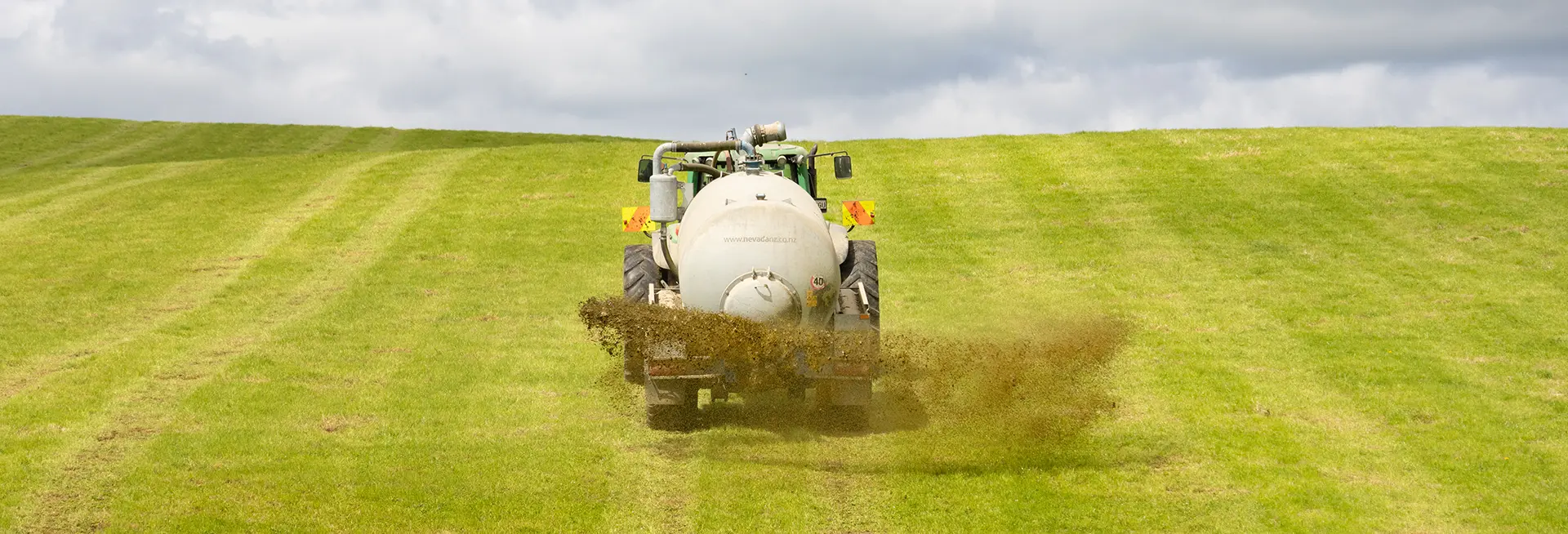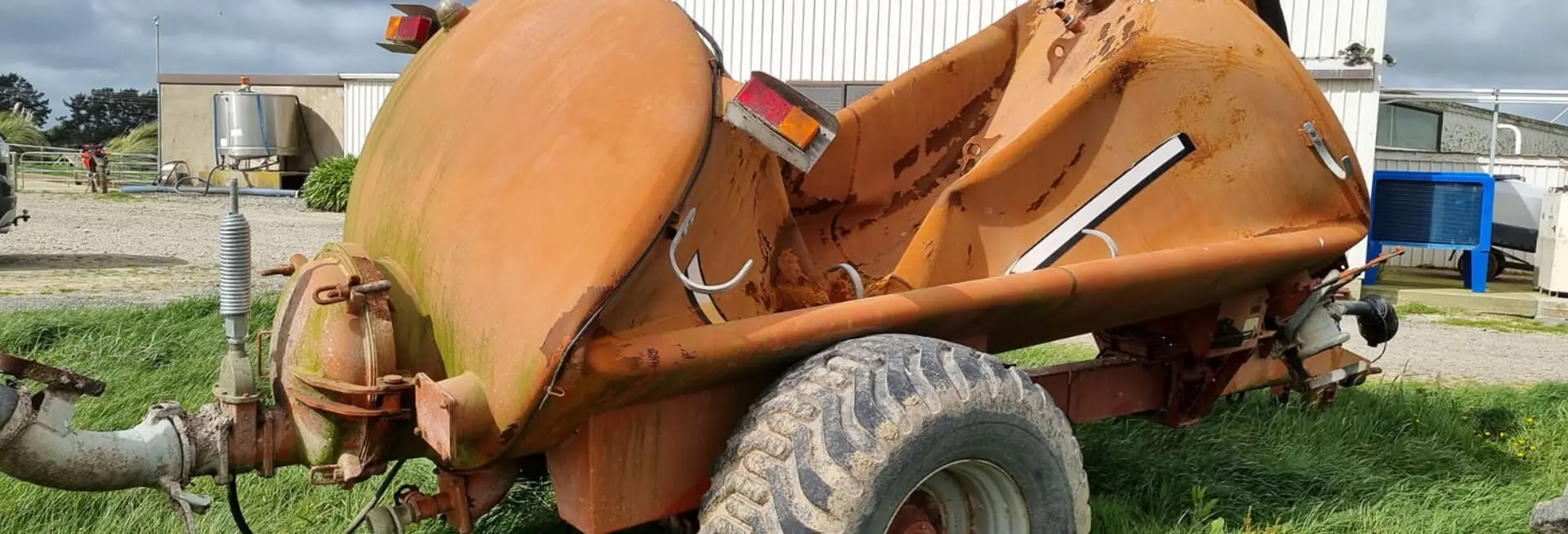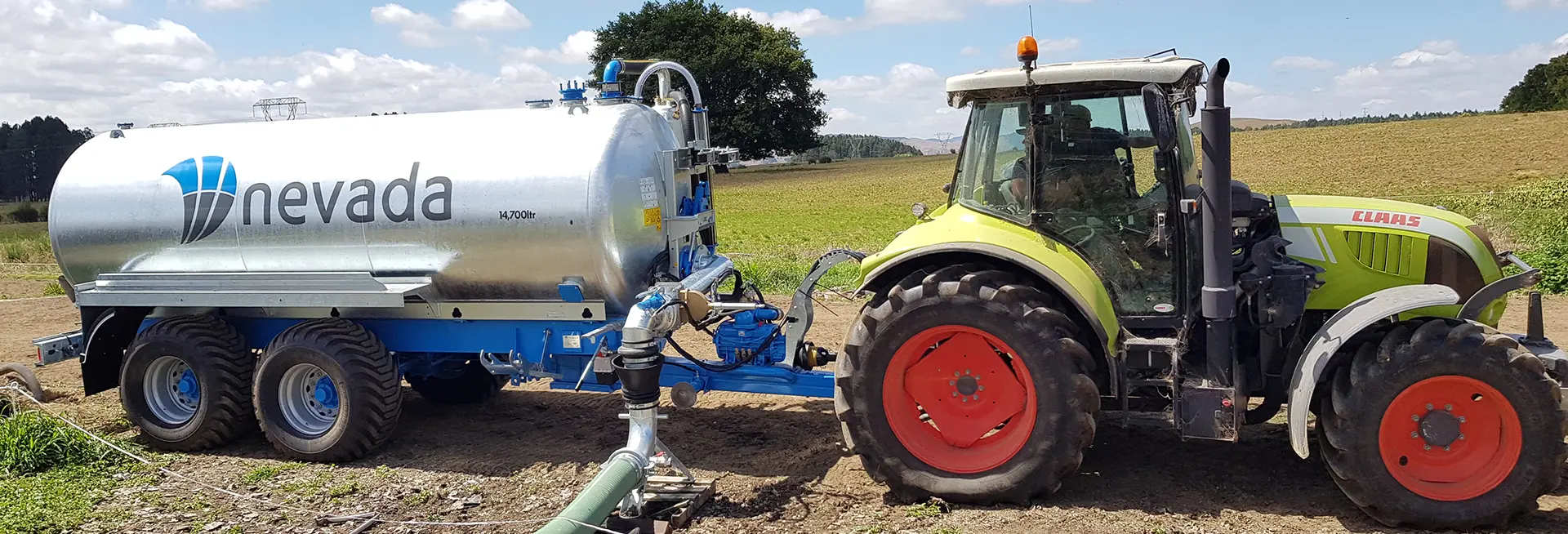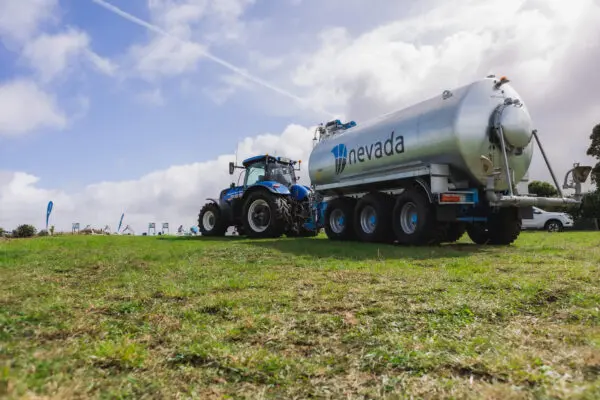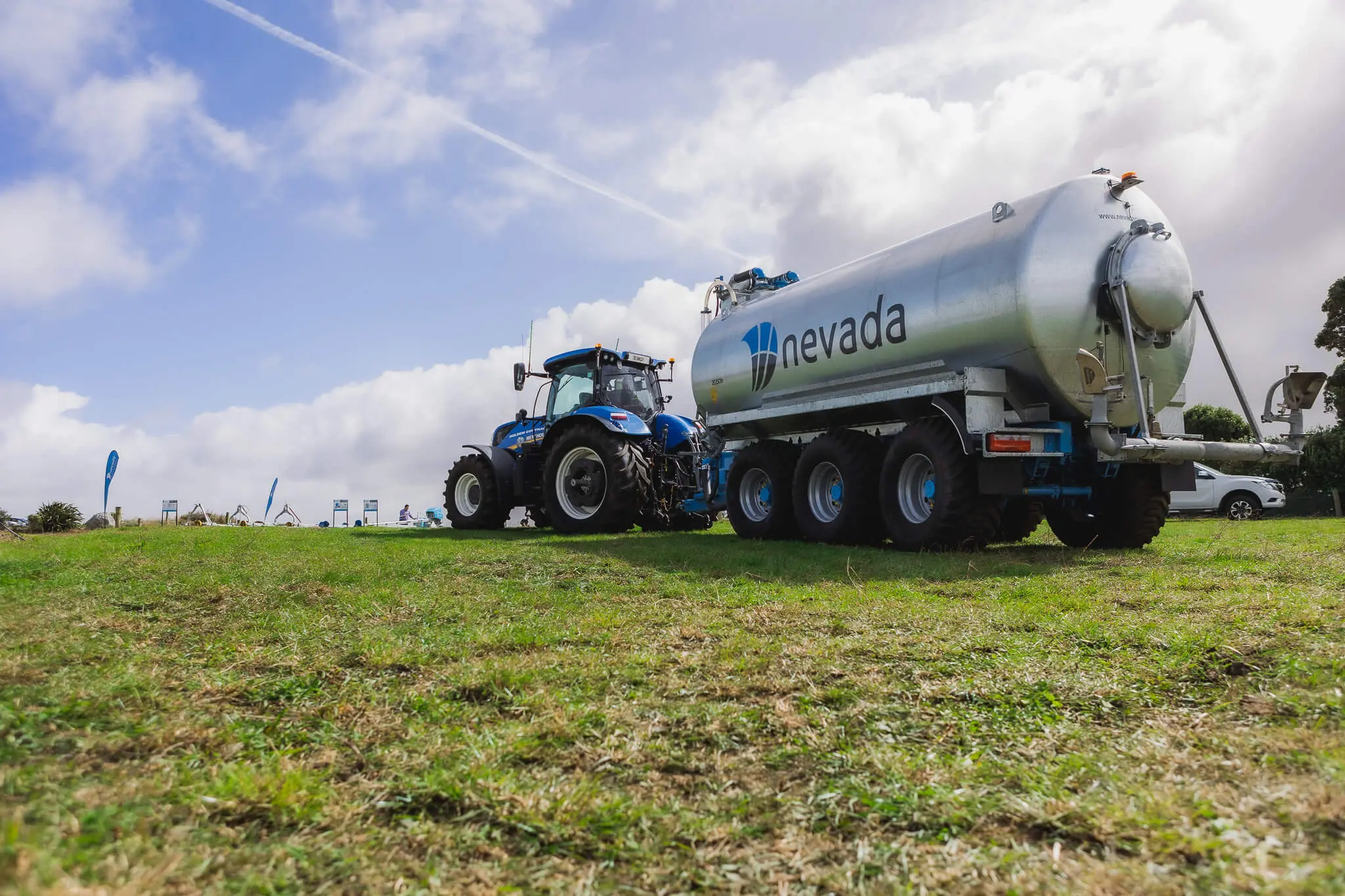If your effluent irrigator is not performing as it should, or you’ve noticed a loss in performance, here’s some troubleshooting effluent irrigator techniques…
Irrigator Wear & Tear
The first step for troubleshooting effluent irrigators is to check your irrigator for any wear and tear/maintenance issues. One of the most common issues that will reduce performance is splitting or blocked nozzles. If the nozzles are split or blocked this will stop the momentum of the machine. The good news is, they are cheap and easy to replace.
Leaks
Poor performance could be the result of a leak or partial blockage in the mainline and/or drag hose.
Mainline
If there is a leak in the mainline you will likely notice sloshy ground/pooling in the area while walking between your hydrants.
Identifying blockages would be a process of elimination. Monitor each hydrant to identify where the flow has dropped off. If a blockage is found, call an expert in to clean the drains.
Drag / LayFlat Hose
Roll out your hose and check for leaks. Replace where necessary.
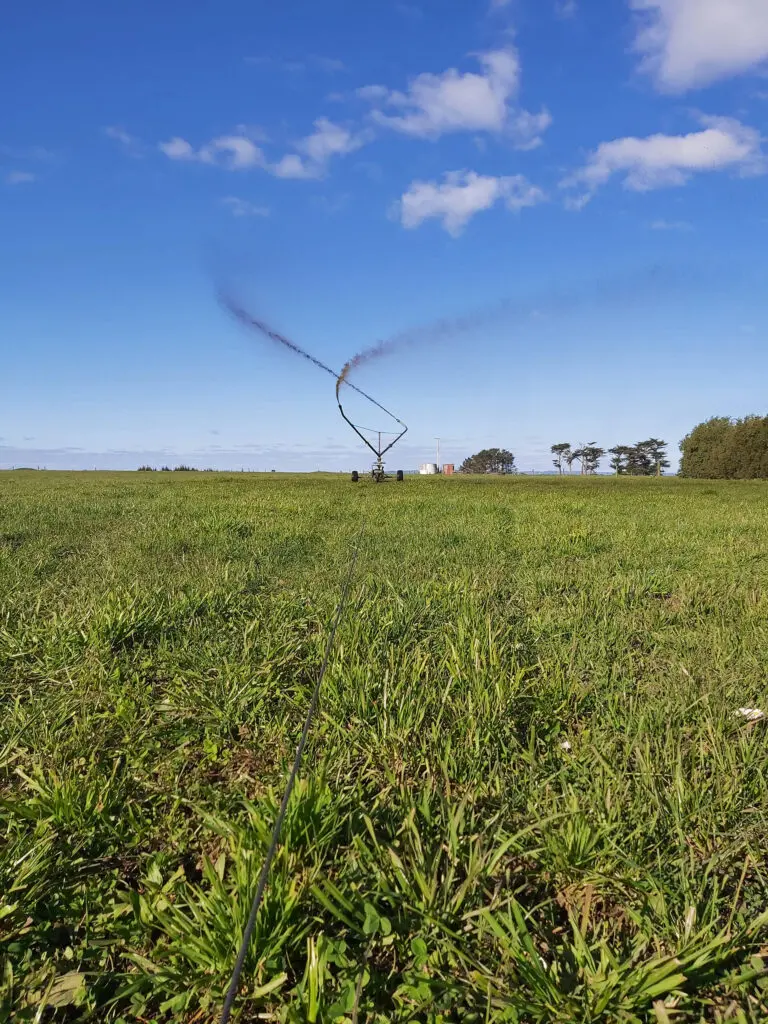
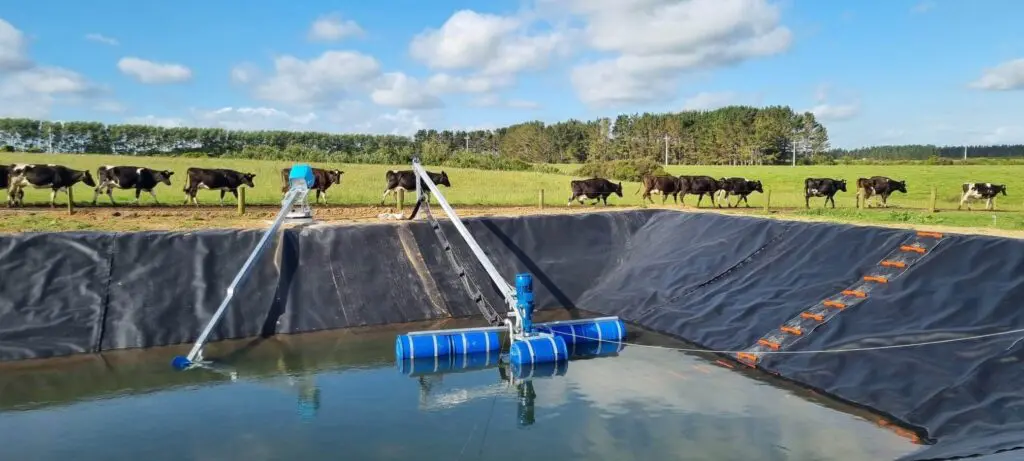
Pump
If there’s no leaks then the next step in troubleshooting effluent irrigators,it could be your pump! A blocked pump may be a sign your stirrer is not getting the job done and the pump is getting clogged with too many solids. An effective and efficient stirrer is a good investment to keep your system running smoothly. Here’s some other common things to watch for with different pumps:
Centrifugal Pumps
If you’re using a centrifugal pump, check for a worn impeller. This is a common repair and maintenance job – call in a pump expert to replace the impeller.
If you’re finding the impeller frequently needs replacing, this could be caused by your stone trap not working correctly, allowing stones and grit to get through and prematurely wearing the impeller. If this is the case, your stone trap may need cleaning out.
Shore Mounted Pumps
If you have a shore mounted pump, like a progressive cavity, have a look at your suction line. It could be leaking air or be partially blocked. If it is blocked, a good way to overcome it is to tie a float to the end to lift the hose out of the sludge.
Floating Pumps
Floating pumps can become clogged in ponds/storage that is poorly stirred, especially if a crust has formed. In this case the pond may need more frequent stirring, or a more efficient stirrer. Where possible an electric stirrer is useful for automation.
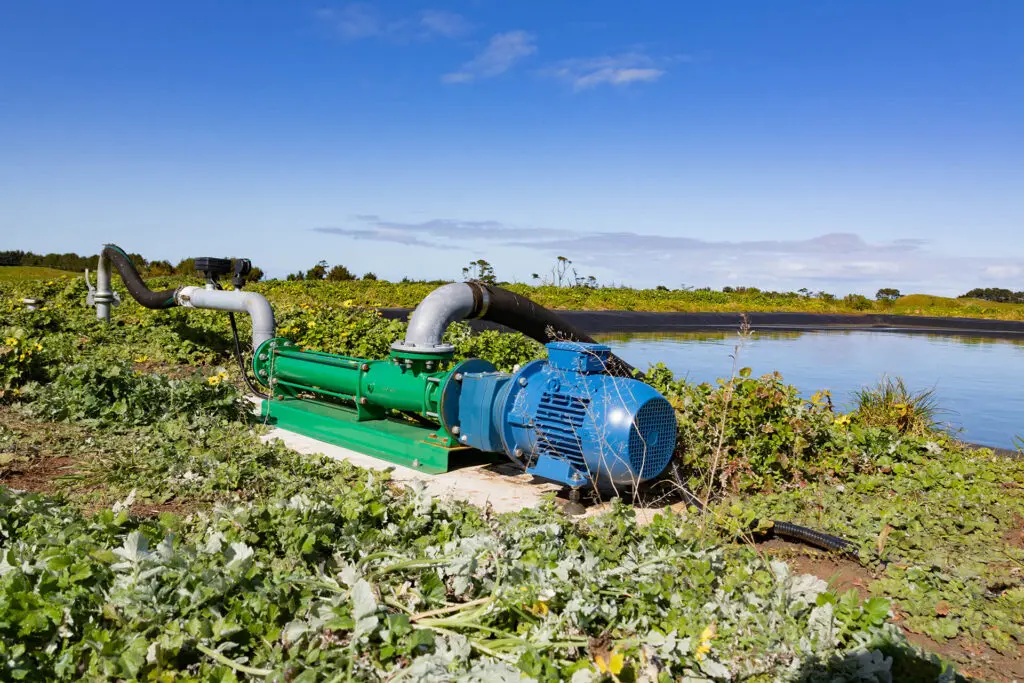
We’re here to help
If you have more issues troubleshooting effluent irrigators, speak to one of our experts, it might be time for upgrade.
